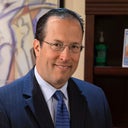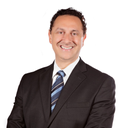I went for a nose procedure in Thailand, have been left with an inverted U shape(wide nose bridge), is this just swelling or a bad result ?
Answers (7)
From board-certified doctors and trusted medical professionals

Dr. Sugitha Seneviratne, MBBS, FRACS (Plas), FACCS
Specialist Plastic Surgeon
Answer
Dr. Jeffrey C. Hamm, MD - Account Suspended
Board Certified Plastic Surgeon
Answer
More Rhinoplasty Questions
See all Rhinoplasty Q&AWE SEND PRETTY
EMAILS
What’s trending? Who’s turning heads? Which TikTok myths need busting? We’ve got you. No fluff, no gatekeeping—just real talk. Get our free, unfiltered newsletter.


